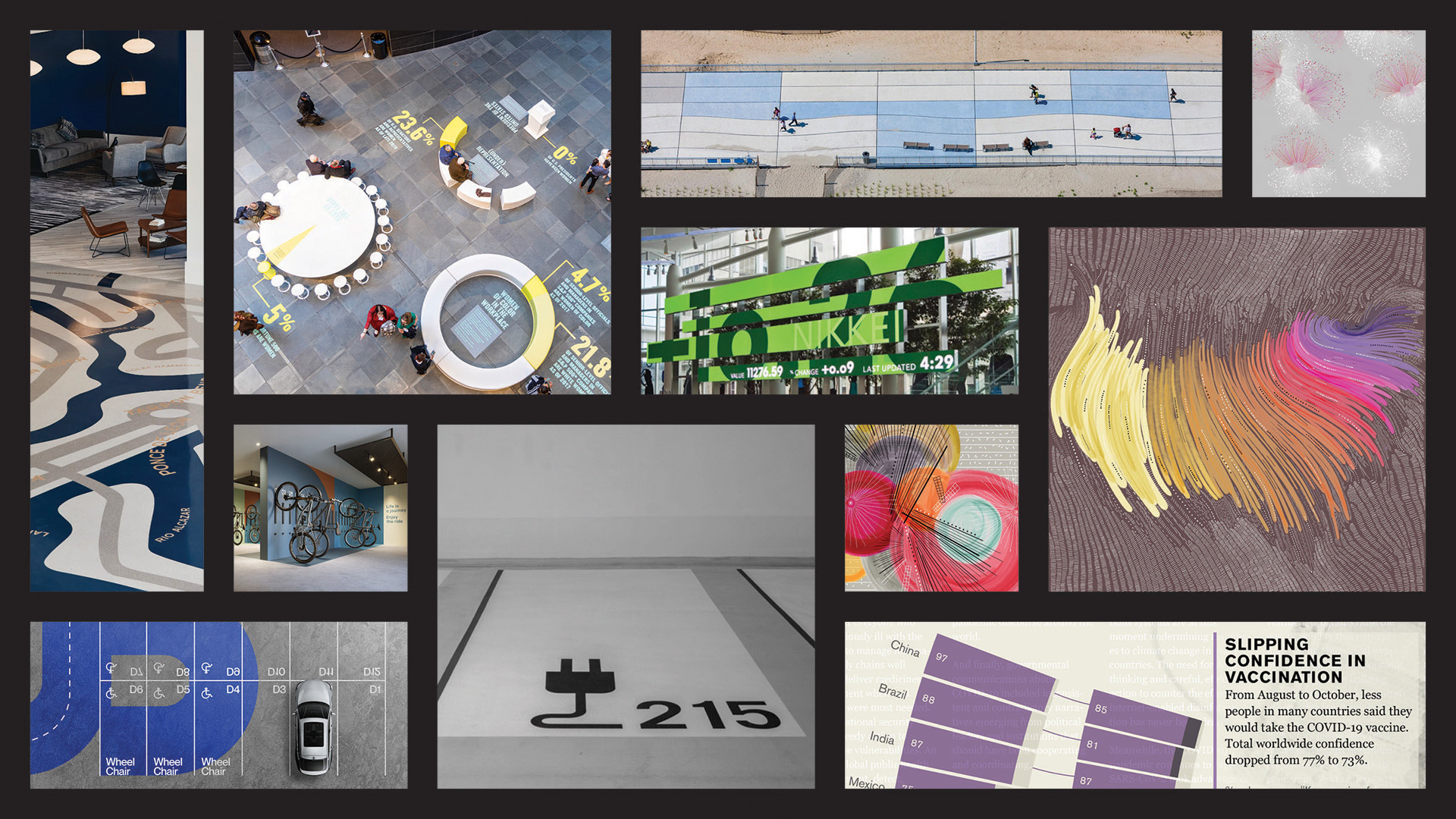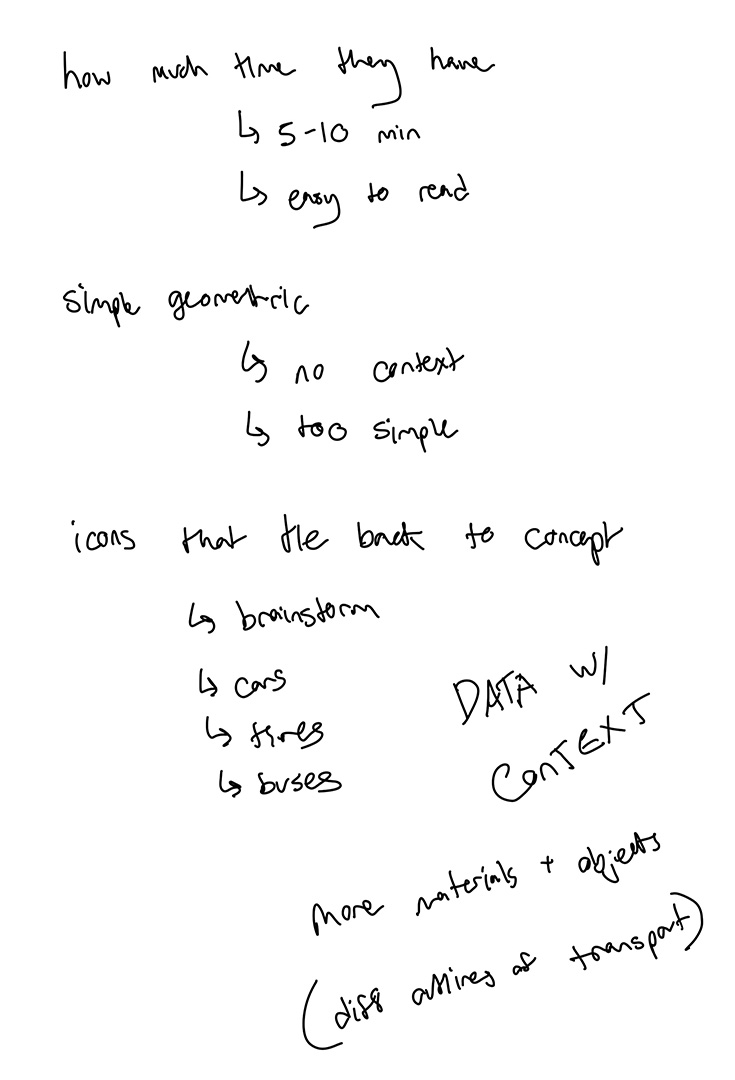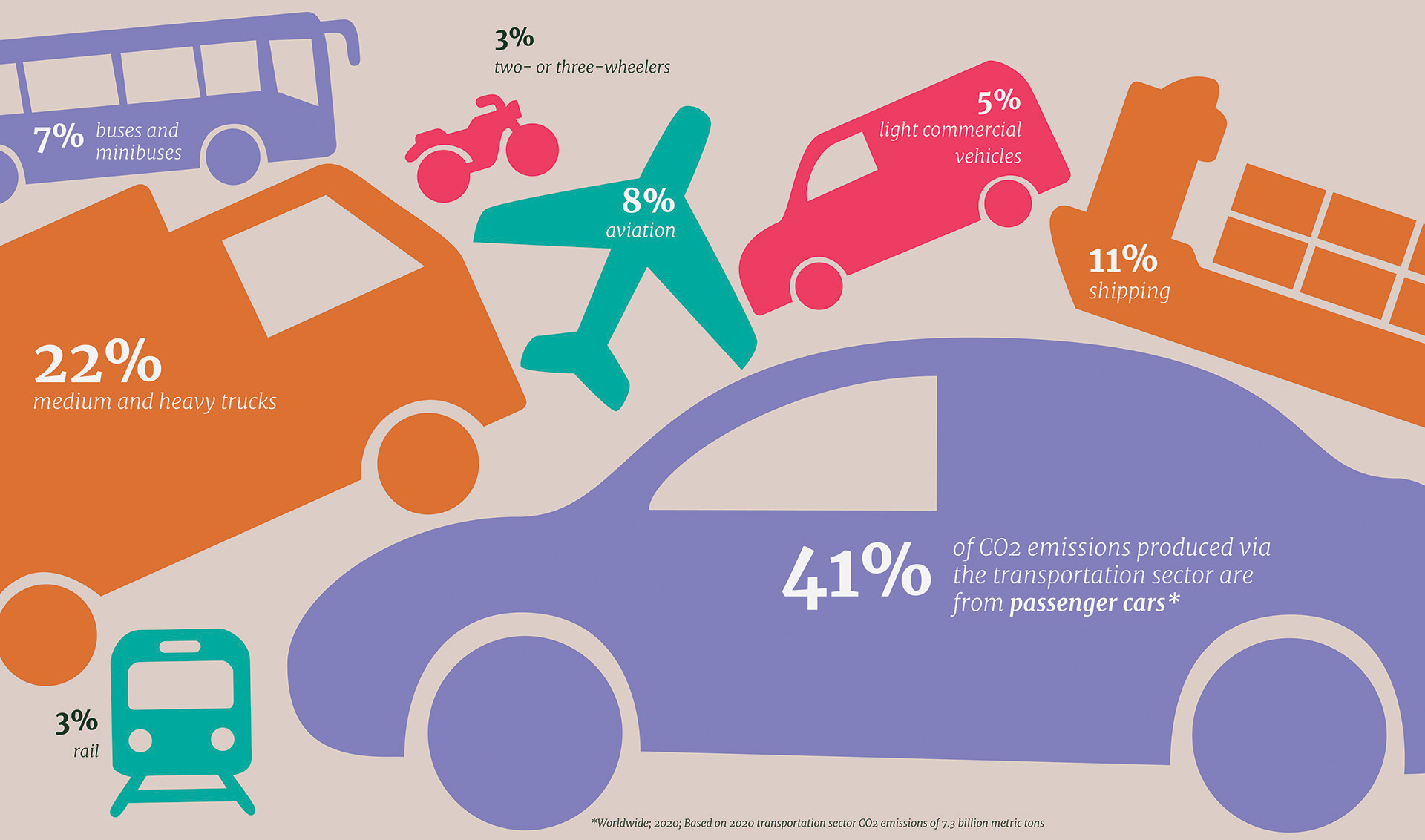Dear Driver
Deliverables
Experiential Data Visualizations, Looping Motion Poster, Showcase ExhibitOverview
In 2020, three billion metric tons of carbon dioxide emissions came from passenger cars worldwide. With a society that prioritizes everyone owning and traveling by their own car, it's hard to understand the scope of how this negatively affects the environment. Dear Driver is a local, experiential campaign that aims to inform car owners about the harmful effects of commuting by car and encourages them to take public transportation.Data visualizations were applied to local, high-trafficked areas of the Penn State campus to create bright, eye-catching visuals in order to reach the main audience of passenger car drivers and students. As a part of the Senior Capstone Show Limitless, an exhibit that showcased the project was installed. The installation itself mirrored the project by also using data visuals and interacting with the space.
All creative direction and execution were self-directed.

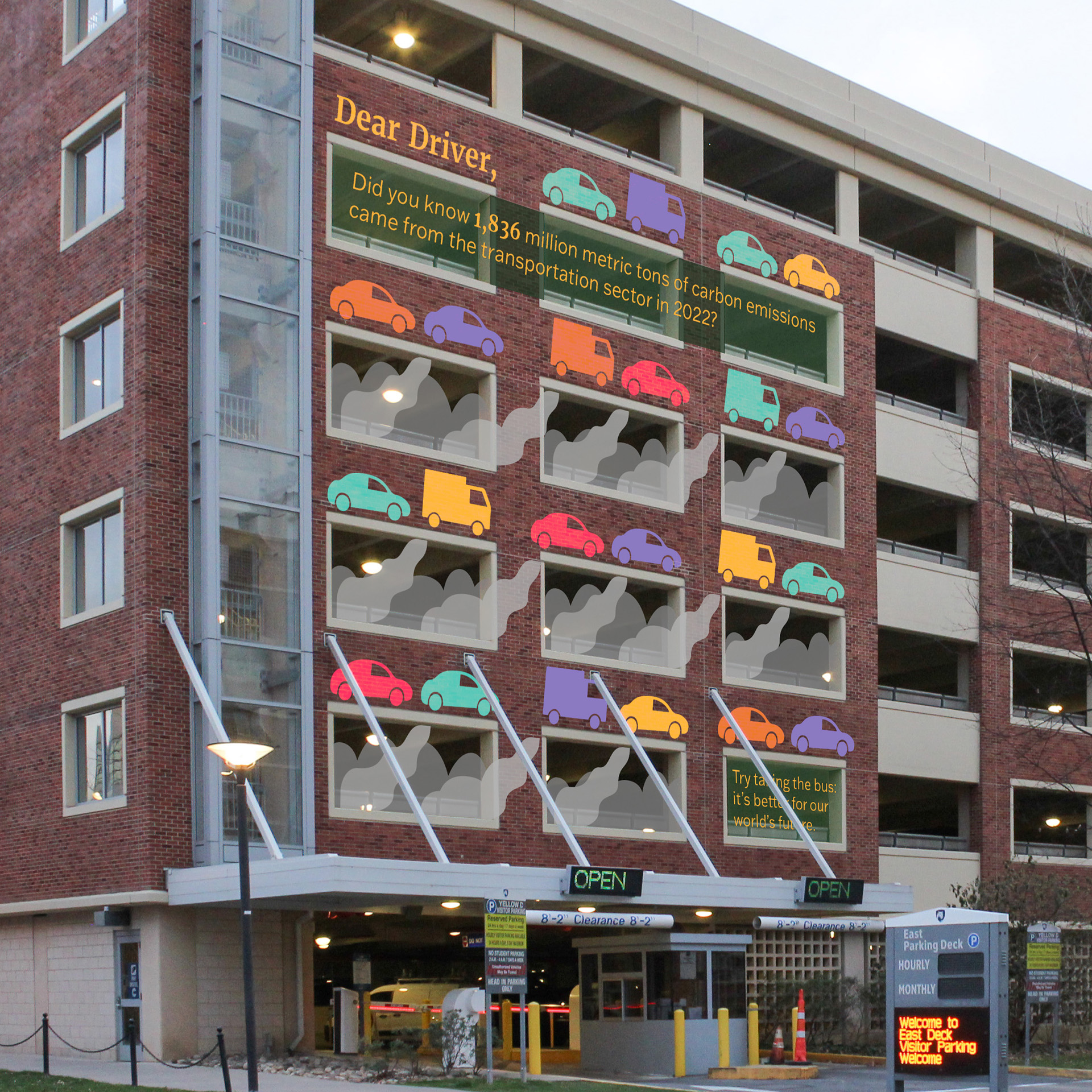
Approach
Since the local audience is car owners on the Penn State campus, high-traffic areas (like the Bryce Jordan Center parking lot and East Parking Deck) were identified and used as sites of public installations. Each installation on campus showcases data from several data sets that highlight the negative effects of passenger car emissions. Bright colors contrast against the dull backgrounds of concrete, cement, and brick, catching the audience’s attention.Secondary locations, like the HUB stairs and virtual poster ads, further show the data. These locations were chosen because they’re popular locations for most students on campus.

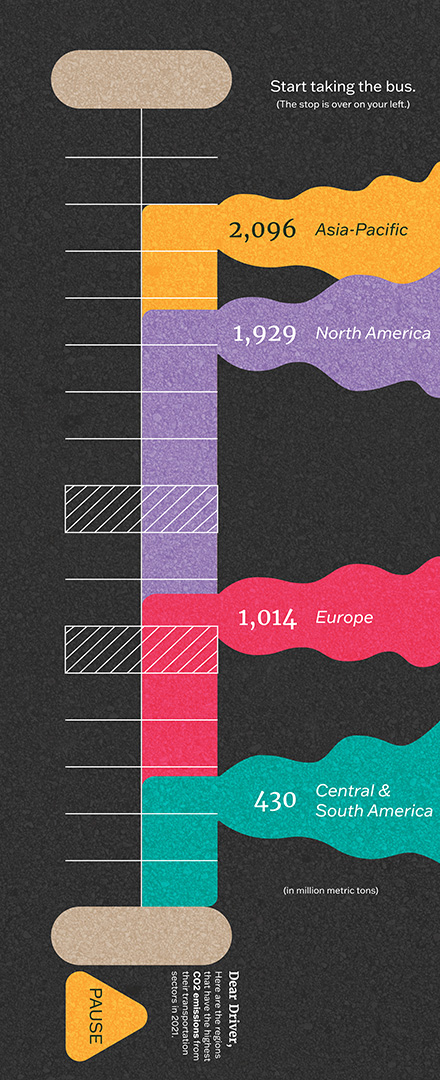

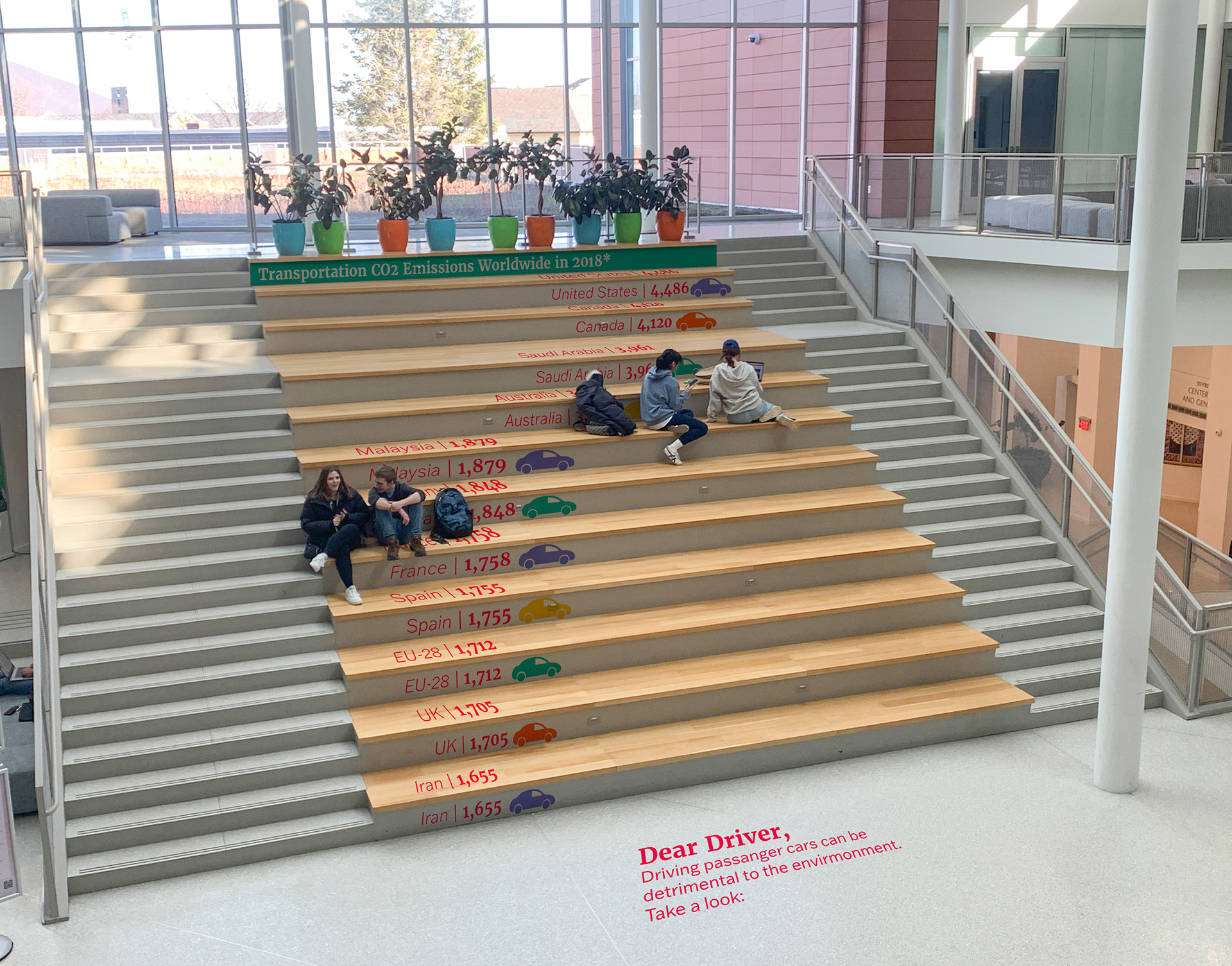
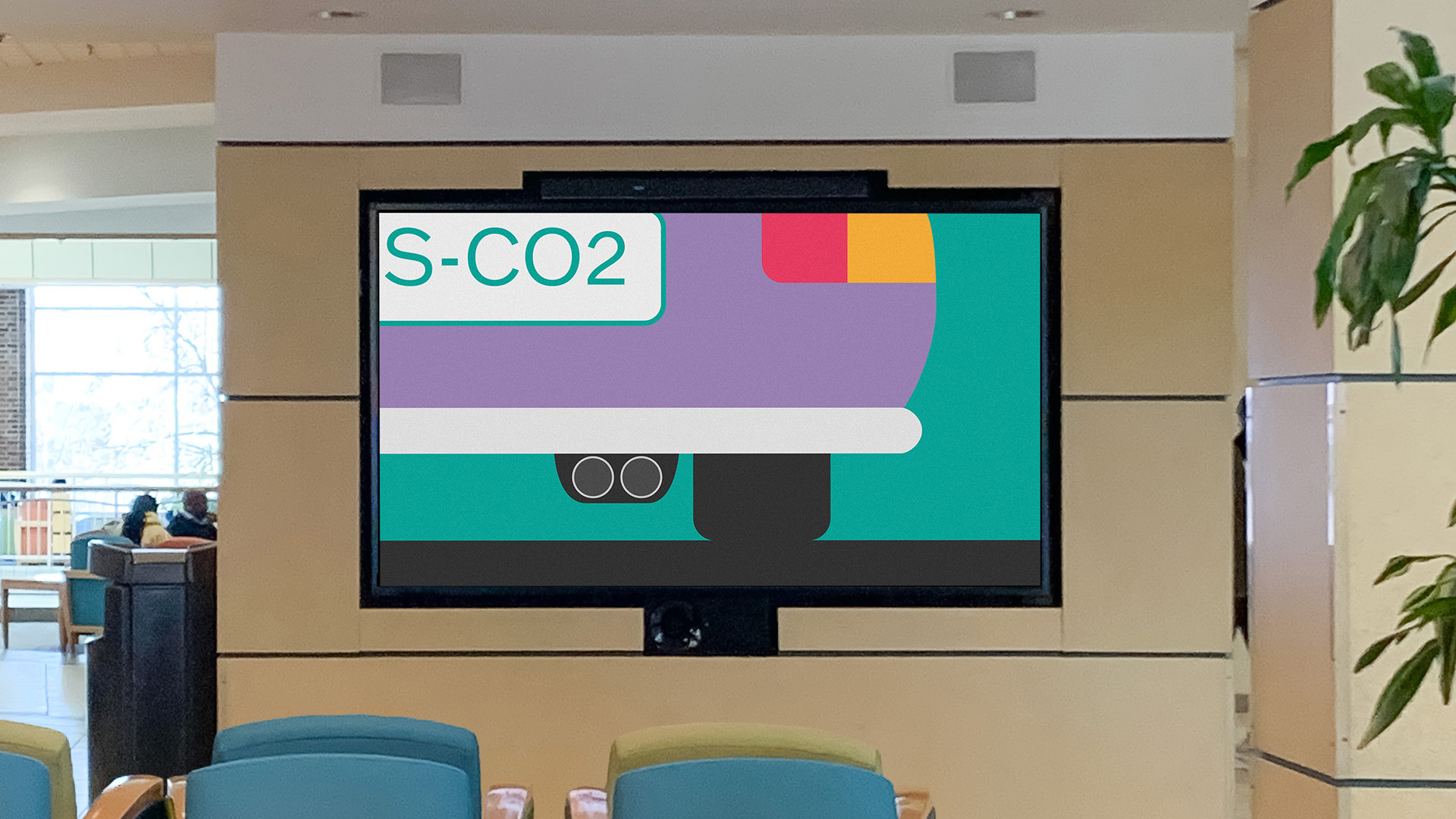
Limitless Installation
As a part of the Senior Capstone Show Limitless, an exhibit that showcased the project was installed. The installation itself mirrored the project by also using data visuals and interacting with the space in ways similar to the project mock-ups. For example, acrylic cutouts in open window spaces mimic how the project would work on the parking garage. White lines emulating parking spaces and data visuals on the walls also bring bits of the experiential data spaces into the exhibit. 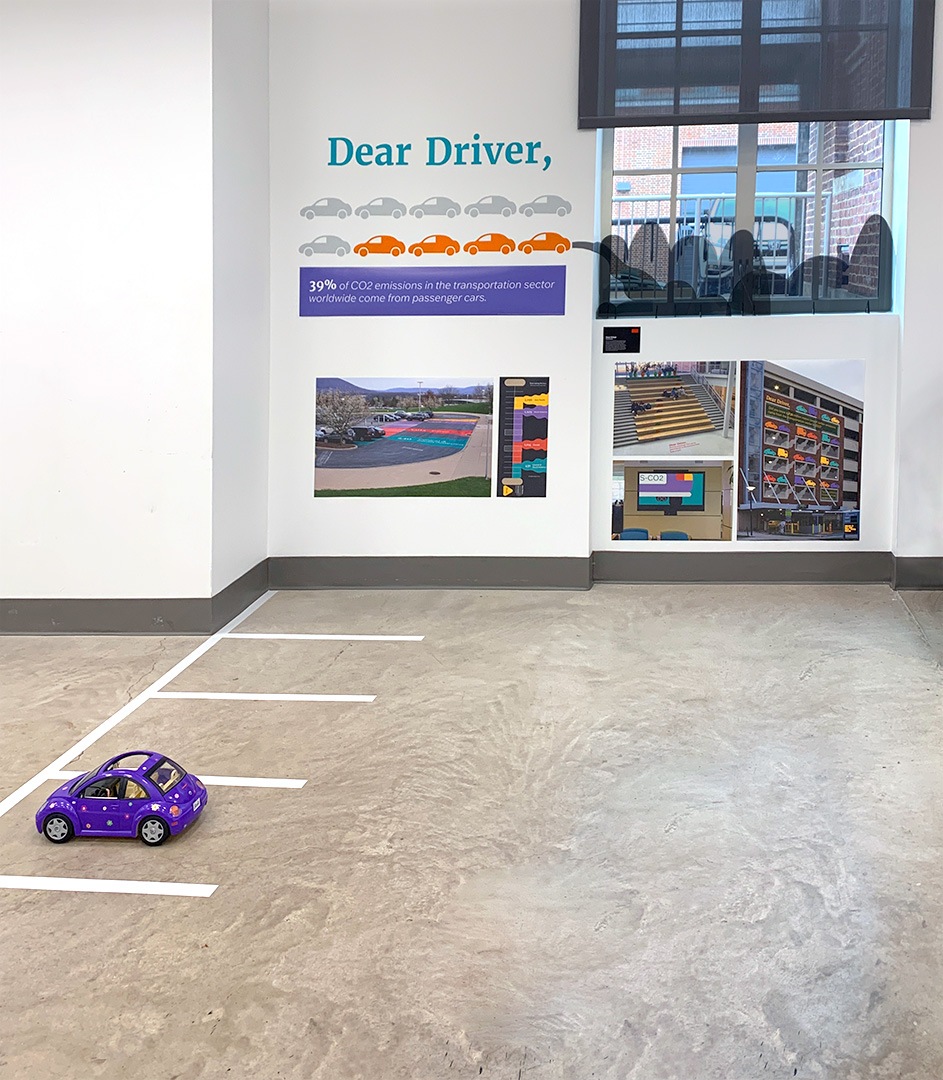


Behind the Scenes
